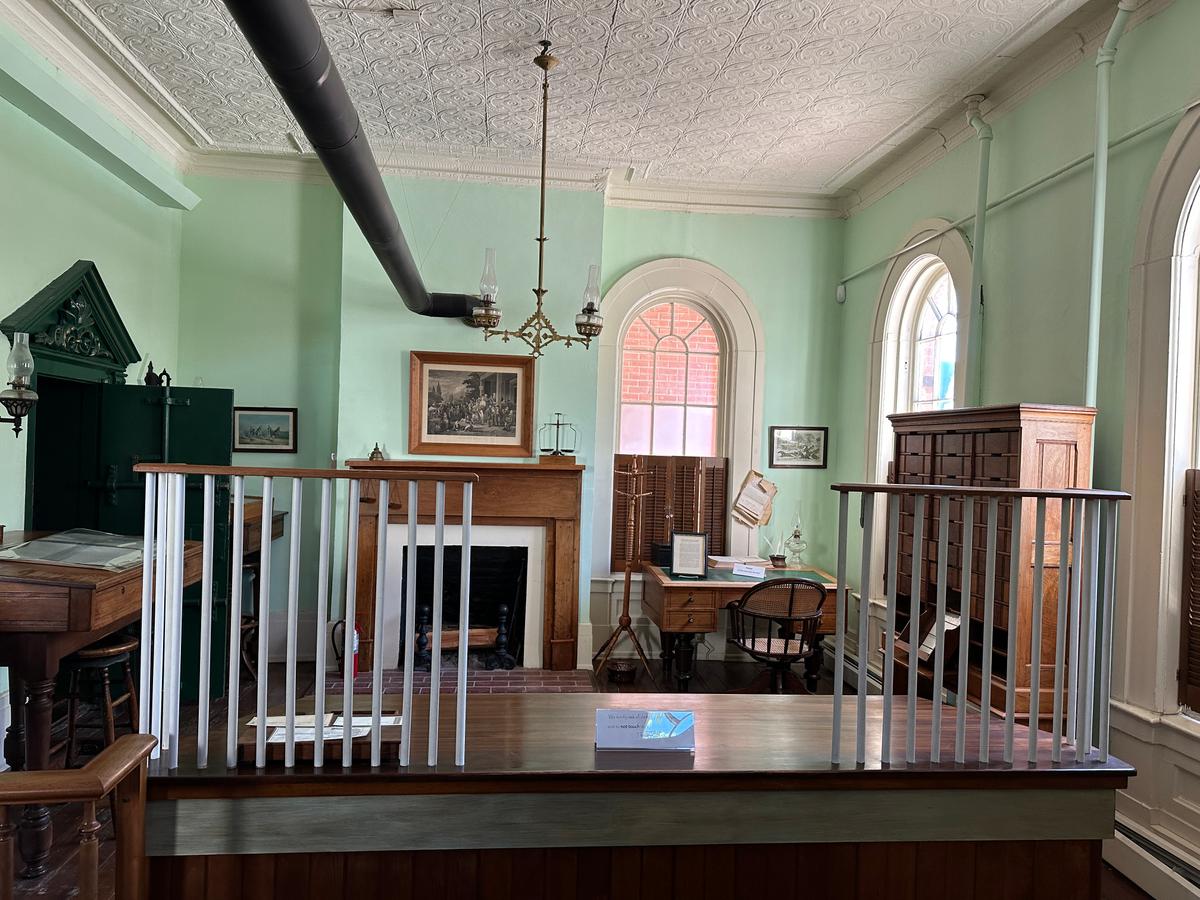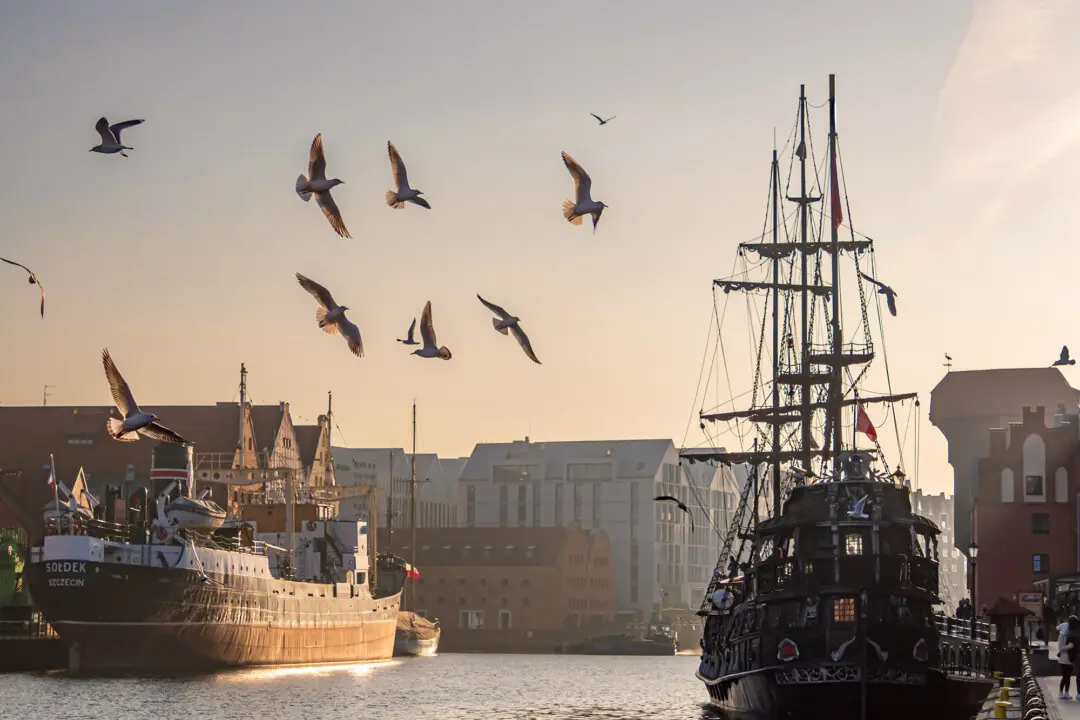His name remains infamous, and immediately evocative. Perhaps no figure is so instantly identified with a West that was wild, and dangerous, and still looms large—dream-like, full of big character and even huger stories—in our collective imagination. Yes, there are others: Bonnie and Clyde, Wyatt Earp, Wild Bill Hickok, and Buffalo Bill Cody.

Tim Johnson





